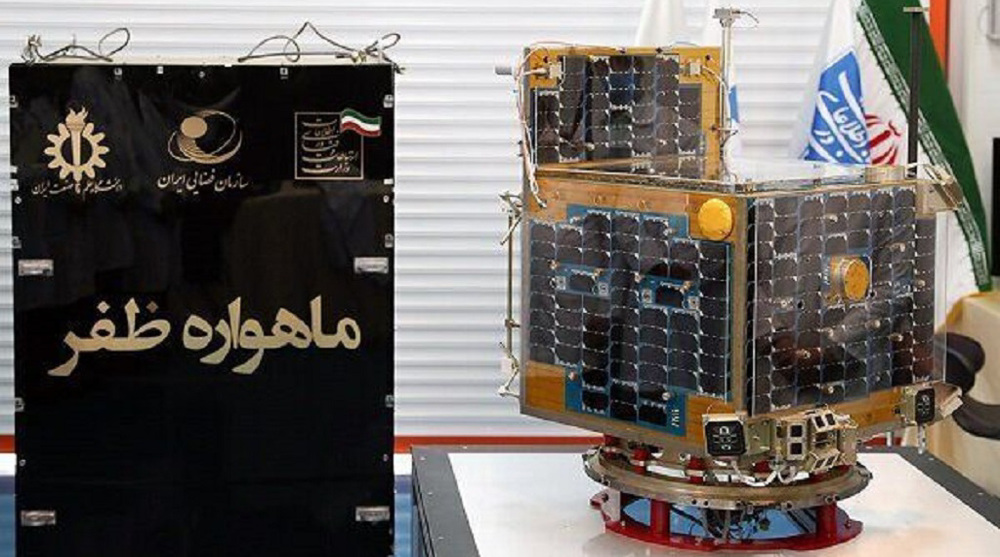NASA's Mars 2020 rover set to hunt Martian fossils, scout for manned missions
A NASA robotic rover is nearing completion ahead of a journey next year to search for evidence of past life on Mars and lay the groundwork for the space agency’s mission to send humans into deep space.
The US space agency on Friday showed off its Mars 2020 rover, whose official name will be chosen early next year. NASA will in February ship the rover to Florida’s Kennedy Space Center where its three sections will be fully assembled. A July launch will send the rover to a dry lake bed on Mars that is bigger than the island of Manhattan.
The four-wheeled, car-sized rover will scour the base of Mars’ Jezero Crater, an 820-foot-deep (250-meter-deep) crater thought to have been a lake the size of Lake Tahoe, once the craft lands in February 2021. The crater is believed to have an abundance of pristine sediments some 3.5 billion years old that scientists hope will hold fossils of Martian life.
“The trick, though, is that we’re looking for trace levels of chemicals from billions of years ago on Mars,” Mars 2020 deputy project manager Matt Wallace told Reuters. The rover will collect up to 30 soil samples to be picked up and returned to Earth by a future spacecraft planned by NASA.
“Once we have a sufficient set, we’ll put them down on the ground, and another mission, which we hope to launch in 2026, will come, land on the surface, collect those samples and put them into a rocket, basically,” Wallace said. Humans have never before returned sediment samples from Mars.
The findings of the Mars 2020 research will be crucial to future human missions to the red planet, including the ability to make oxygen on the surface of Mars, Wallace said. The Mars 2020 Rover is carrying equipment that can turn carbon dioxide, which is pervasive on Mars, into oxygen for breathing and as a propellant.
LESSONS FROM CURIOSITY
If successful, Mars 2020 will mark NASA’s fifth Martian rover to carry out a soft landing, having learned crucial lessons from the most recent Curiosity rover that landed on the planet’s surface in 2012 and continues to traverse a Martian plain southeast of the Jezero Crater.
The Soviet Union is the only other country to successfully land a rover on Mars. China and Japan have attempted unsuccessfully to send orbiters around Mars, while India and Europe’s space agency have successfully lofted an orbiter to the planet.
(Source: Reuters)
Democrats, Republicans colluding to ‘kill’ Epstein files: CIA whistleblower
VIDEO | Press TV's news headlines
Russia intercepts 130 Ukrainian drones in overnight raid
Tehran summit: Afghanistan’s neighbors reject any foreign intervention
The centrality of Palestine: From Minnesota’s Somali youth to global anti-colonial struggles
US military aircraft nearly collides with civilian plane near Venezuela
Israel orders demolition of 25 residential buildings in West Bank refugee camp
VIDEO | Islamic Movement in Nigeria marks 10 years since Zaria massacre















 This makes it easy to access the Press TV website
This makes it easy to access the Press TV website